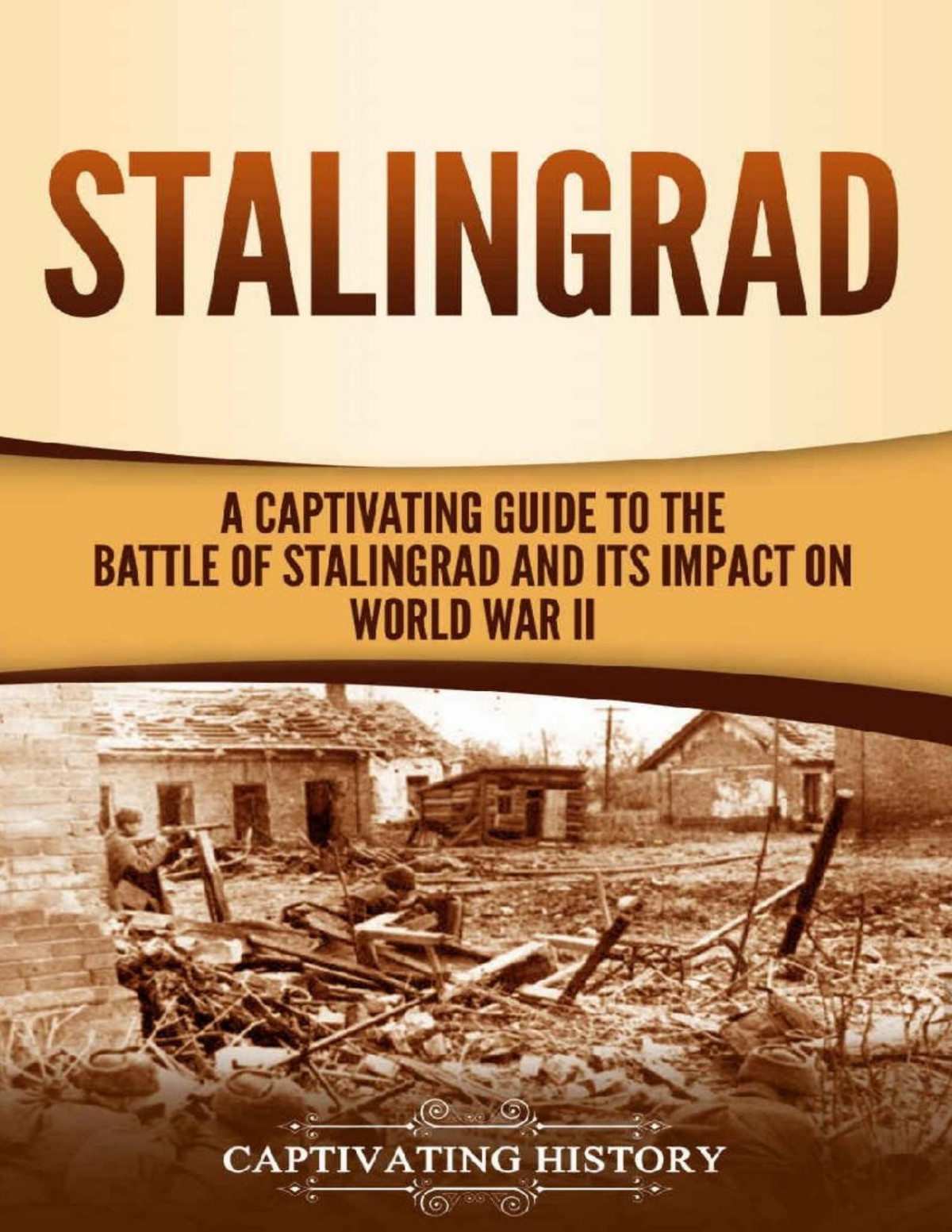

Most ebook files are in PDF format, so you can easily read them using various software such as Foxit Reader or directly on the Google Chrome browser.
Some ebook files are released by publishers in other formats such as .awz, .mobi, .epub, .fb2, etc. You may need to install specific software to read these formats on mobile/PC, such as Calibre.
Please read the tutorial at this link: https://ebookbell.com/faq
We offer FREE conversion to the popular formats you request; however, this may take some time. Therefore, right after payment, please email us, and we will try to provide the service as quickly as possible.
For some exceptional file formats or broken links (if any), please refrain from opening any disputes. Instead, email us first, and we will try to assist within a maximum of 6 hours.
EbookBell Team

4.0
66 reviewsThe Battle of Stalingrad is rightfully known as the “turning point” of the Second
World War. Before the battle, which took place from August 1942 until the
beginning of February 1943, the Germans were victorious everywhere, despite
some localized setbacks (for example, at Moscow in 1941). After Stalingrad, the
Germans were constantly pushed back, with some notable examples being Kursk
in the summer of 1943 and the Bulge in 1944.
During WWII, the Soviet Union suffered somewhere in the neighborhood of
twenty million dead. For those of you reading in the United States and the
United Kingdom, the death toll for those nations in the war was around 415,000
and 483,000, respectively. In the approximate six months of the Battle of
Stalingrad, the Germans, their Hungarian, Romanian, and Italian allies, and the
Soviets lost an estimated one million men.
As the battle wore on, the German soldiers gave the battle in Stalingrad a
nickname: “Der Rattenkrieg,” or “the war of the rats.” The fighting in Stalingrad
took place in the ruins of a large city, as well as below in the sewers. Much of
the fighting was close-quarter combat, and in many cases, it was hand-to-hand.
Men died by the hundreds of thousands, just like dirty, savage rats.
Adolf Hitler originally wanted his 6
th Army to protect the northern flank of his
armies as they drove into the oil fields and fertile farmlands of the Caucasus, but
as time went by, the battle took on a life of its own. In Hitler’s mind, the city that
bore Stalin’s name became a symbol of Soviet resistance and of the Soviet
leader himself. If the Germans took the city, perhaps the Soviet Union (USSR)
would finally fall, taking Stalin down with it.